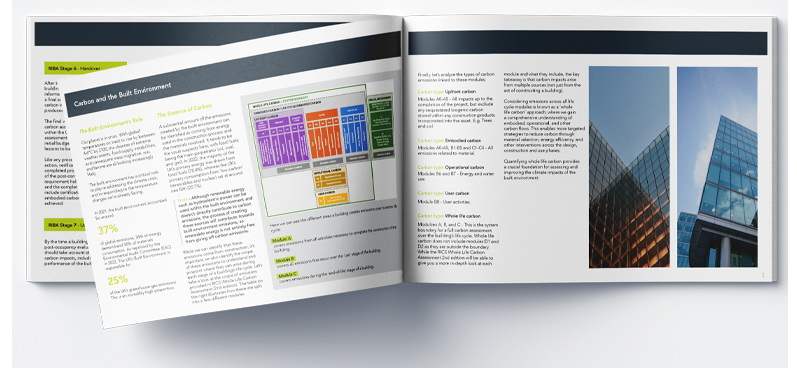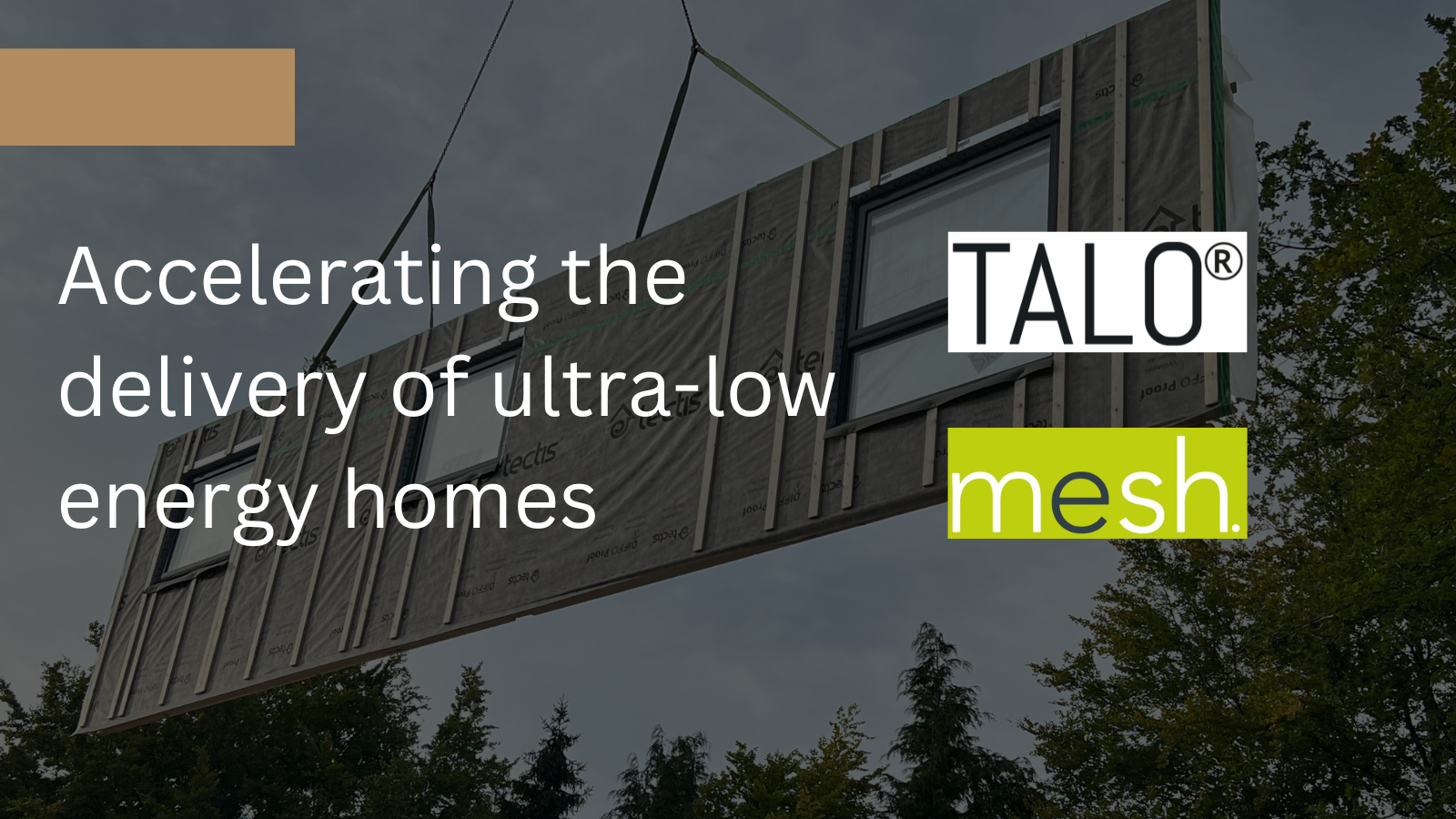Embodied Carbon Analysis
Unlock the hidden carbon footprint of your building through some quick and simple analysis
Embodied carbon is the carbon dioxide emissions associated with materials and construction processes throughout the whole lifecycle of a building. Embodied carbon analysis is increasingly seen as a critical part of sustainable building design.
Any material that goes into a building’s construction from steel girders to brick walls to building services and appliances all have a carbon footprint and now careful analysis enables design teams to consider these elements and their wider impact on the project.
We use leading embodied carbon analysis software OneClick LCA to help our clients meet the RIBA 2030 Climate Challenge, MeshZero and provide supporting information for awards entries. If you can better understand where carbon sits in your design, you can proactively adjust, improve and minimise its carbon footprint.

Embodied Carbon Graphs
We can help you lift the lid on this seemingly complex and new design area quantifying how your building stacks up for whole life carbon (including individual lifecycle stages) and whether improvements can be made and alternative materials used.
Working in conjunction with our centralised modelling strategy, embodied carbon in parallel with a range of other critical building design parameters, overheating, ventilation and operational energy can be assessed altogether, making sure a truly optimal solution is achieved.
Download the Mesh Energy Whole Life Carbon Guide
At Mesh, we understand the importance of reducing the embodied and operational carbon emissions over the whole life of the building, and that’s why assisting developers with their whole life carbon assessments is one of our key services.
Whole Life Carbon Download
By completing the form we will add you to Memo, our monthly newsletter. It's full of valuable and insightful articles, resources and information regarding the built environment and renewable energy. You can unsubscribe at anytime.

Whole Life Cycle Carbon assessments – true picture of a building’s carbon impact on the environment
In this 1st webinar of 2024 Mesh Energy's Richard Bowman provides:
1) An introduction to whole life carbon counting structure,
2) where in the UK the policy applies,
3) how it feeds into Part Z - a proposed amendment to the Building Regulations
4) draw upon findings from The Low Energy Transformation Initiative
5) how we take BIM info from IES into the carbon software and the outcomes
Richard Bowman is an experienced building performance consultant undertaking Dynamic thermal modelling, CBDM, overheating, CFD analysis, design cost+carbon benefit analysis, energy hierarchy design, whole life carbon analysis at Mesh Energy.
Latest Insights














